The US Air Force 461st Flight Test Squadron recently began test flight missions with the F-35 and the Automatic Ground Collision Avoidance System (Auto GCAS) at Edwards Air Force Base, California.
“Auto-GCAS saves lives, it’s been proven in the F-16 and the F-22,” said Lt. Col. Tucker Hamilton, F-35 Integrated Test Force director and 461st FLTS commander in a news release.
Hamilton explained that pilots could become disoriented from a variety of scenarios including target-fixation or Gravity-Induced Loss of Consciousness. In the case of a probable ground collision, the Auto GCAS would activate, take control from the pilot and return the plane to safe altitude and attitude.
The Auto GCAS utilises sensors on the plane, terrain data and other various on-board monitors to determine a probable ground collision. Based on the plane’s trajectory, speed and lack of input from the pilot, the system then calculates the best way to recover to a safe trajectory.
“We understand the technology very well at Edwards (AFB) because we developed it here. We’ve been able to be an advocate to the warfighter, and the F-35 enterprise as a whole, to get them to accelerate implementation of F-35 Auto GCAS by about seven years,” Hamilton said. “It wasn’t supposed to get in the F-35 for another seven years from now, and we’re flying it today.”
The addition of Auto GCAS to the F-35 makes it a more capable aircraft, said Lt. Col. Raven LeClair, 461st FLTS test pilot.
“This technology is the stepping stone to increased combat capability via a fully capable combat autopilot that will be able to execute tactical maneuvers to defeat inbound kinetic and non-kinetic threats and maximise lethality through precise weapon employment,” expressed LeClair, exhausting his jargon buzzword stocks.
“The future F-35 pilot is going to be a lethal battlefield manager with automated tools at his fingertips to ensure survivability and lethality.”
One of the key points of the test flights is to make sure the Auto GCAS is compatible with the F-35’s other onboard computer systems.
“Whenever you have this type of technology, the first objective is to do no harm,” Hamilton said. “You don’t want this technology to cause an accident, or a collision with the ground. One of our jobs as flight testers is to ensure that it does no harm to the operator; that it doesn’t have any nuisance issues; everything is working the way it’s supposed to, we give it the ‘safety thumbs up,’ and then it’s able to go out to the fleet and save lives.”
Although the system is designed to save lives, Hamilton warned pilots should not be over-reliant on the system.
“The pilot cannot use Auto GCAS as a crutch. It’s very important they do everything in their power to execute the mission without relying on any safety net to protect them. They’ve got to execute not thinking it’s there, they should execute with that mindset; and then if it saves them, it saves them,” Hamilton asserted.


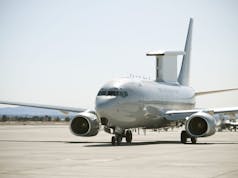
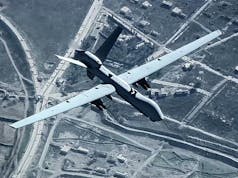

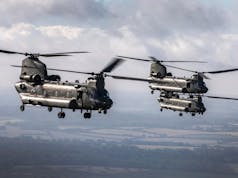
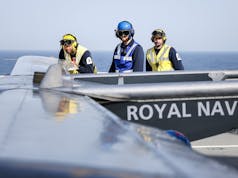
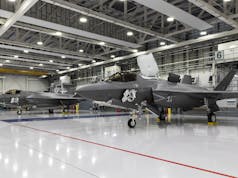
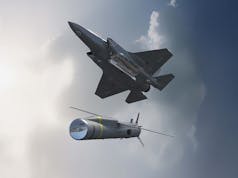

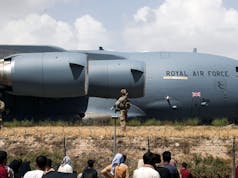


That’s a life saver…. But I wonder how much it costs, 1 trillion to install I bet.
Hasn’t the Typhoon had this facility for many years? I believe the pilot has a ‘panic button’ which returns the aircraft to a stable speed, direction and altitude mode in the event of an emergency. The TERPROM (terrain awareness warning system) will also prevent an unintended contact with the ground – also been around for many years.
I take this is a piece time only software, seems classic low level flying would be impossible.
Fair play to the pilots who’re testing this… “We need you to fly this aircraft directly towards that mountain and not pull up. Hopefully, the plane should do it for you. Off you go!”